Time Tracking Software
Time tracking software provides various advantages that can enhance employee productivity and efficiency. Let’s discuss more below:
Introduction to Time tracking software
Time-tracking software serves as a robust tool crafted to aid individuals and organizations in effectively monitoring and managing their time allocation. Regardless of whether you’re a freelancer, a small business owner, or a part of a large corporation, leveraging time-tracking software yields manifold benefits. It facilitates enhanced productivity, streamlined project management, and ensures precise billing for clients. With its diverse functionalities, this software empowers users to track tasks efficiently, analyse time usage patterns, and optimize workflows for greater efficiency.
From tracking billable hours to identifying productivity bottlenecks, time-tracking software emerges as an indispensable asset in today’s dynamic work landscape.
Importance of Time Tracking Software
Time tracking software is essential for various reasons, particularly in professional settings. Here are some of the key importance of time tracking:
1)Efficiency and Productivity: Project Time tracking software helps individuals and teams manage their time more effectively. By tracking time spent on tasks and projects, it allows for better time management, prioritization, and optimization of workflows. This, in turn, leads to increased productivity and efficiency as it helps identify time sinks and areas where improvements can be made.
2)Accurate Billing and Invoicing: For businesses that bill clients based on hours worked, accurate employee time tracking is crucial. Time tracking ensures that billable hours are accurately recorded, minimizing disputes and ensuring fair compensation for services rendered. This accuracy also extends to invoicing, making the billing process smoother and more transparent.
3)Resource Allocation: Project Time tracking software provides insights into how resources are being utilized across different projects and tasks. This information allows managers to allocate resources more effectively, ensuring that teams are adequately staffed and that workloads are balanced. It also helps in identifying overworked or underutilized team members.
4)Project Management and Planning: By tracking time spent on different tasks within a project, employee time tracking software provides valuable data for project management and planning. Project managers can use this data to set realistic timelines, identify bottlenecks, and make informed decisions about resource allocation and project prioritization.
5)Performance Evaluation: Project Time tracking software can be used as a tool for performance evaluation and feedback. By comparing estimated vs. actual time spent on tasks, managers can assess individual and team performance objectively. It also helps in identifying top performers and areas where additional training or support may be needed.
6)Compliance and Legal Requirements: In some industries, accurate Microsoft time tracking is not just beneficial but also necessary for compliance with labour laws and regulations. Microsoft Time tracking software ensures that businesses are adhering to legal requirements regarding employee hours, overtime, and breaks, reducing the risk of non-compliance and potential legal issues.
7)Remote Work and Flexibility: With the rise of remote work and flexible work arrangements, time tracking become even more valuable. It allows employers to monitor remote employees’ productivity and ensure that they are working effectively regardless of their location. It also provides remote workers with a transparent way to track their own time and demonstrate their contributions to the team.
Features of Timesheet Software
Timesheet software typically offers a range of features designed to help individuals and organizations monitor and manage their time more effectively. Here are some common features you might find in project time tracking software:
Time Tracking:
Time tracking serves as a pivotal tool for individuals and organizations to monitor and manage the allocation of time across different tasks, projects, or activities. Its core functionality revolves around enabling users to accurately record the time spent on various endeavours. This can be achieved through manual input, where users start and stop timers as they engage in different tasks.
Alternatively, some software can automate this process by tracking usage patterns on computers or mobile devices. Regardless of the method employed, the software provides detailed insights into time allocation, facilitating better productivity management and decision-making.
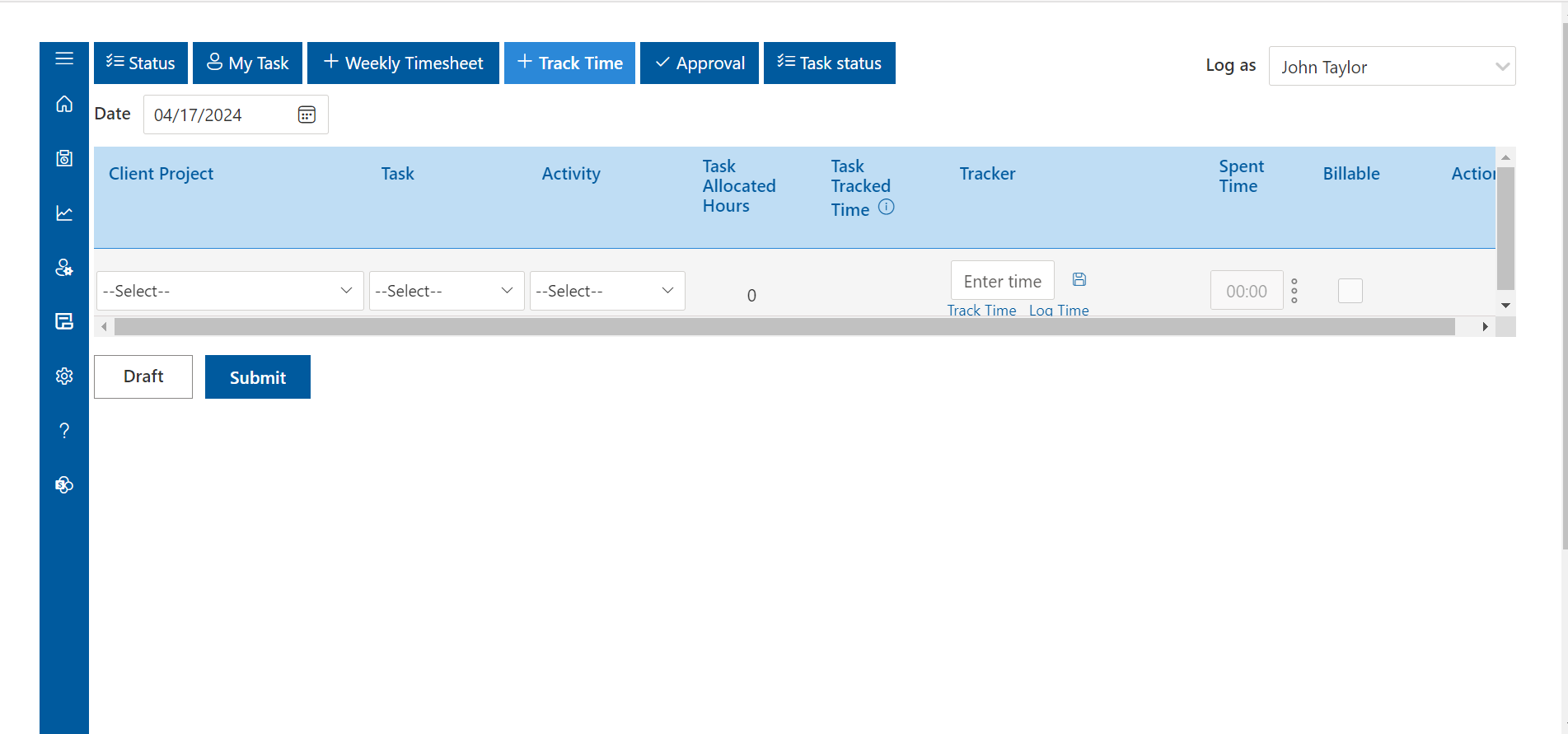
Project and Task Management:
Numerous employee time tracking tools seamlessly integrate with project and task management systems, offering users the capability to connect time entries with particular projects and tasks. This integration greatly aids in the organization and prioritization of work, as users can easily allocate recorded time to relevant projects and tasks within their existing workflow structures.
By linking time entries to specific projects and tasks, users gain valuable insights into how time is distributed across different endeavours, enabling them to make informed decisions about resource allocation and project timelines.
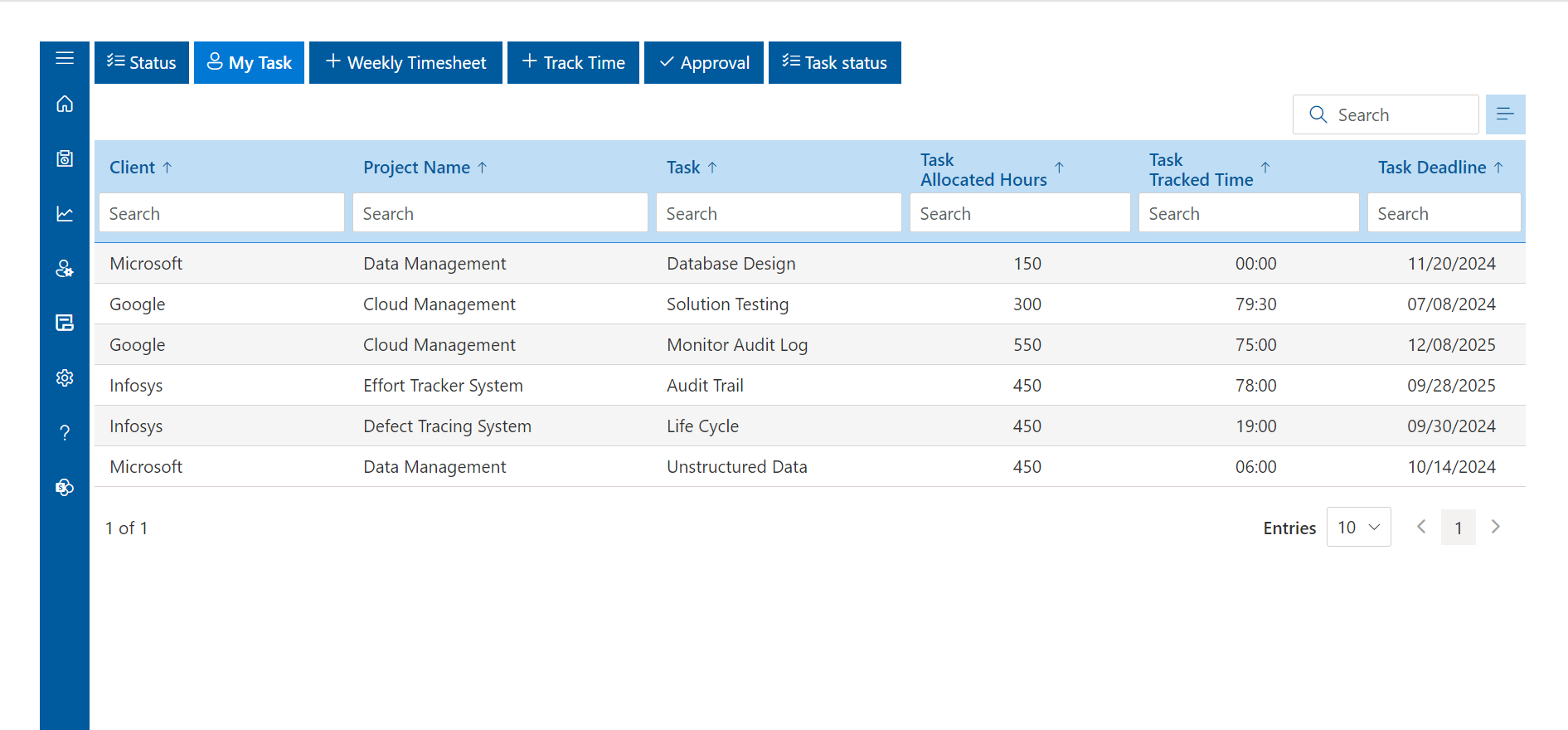
Timesheets:
Timesheets are invaluable tools for tracking and managing time spent on various activities and projects. With timesheet software, timesheets can be automatically generated, offering detailed breakdowns of where time is allocated. These breakdowns help individuals and teams analyse productivity, identify bottlenecks, and optimize workflows. Additionally, timesheets serve as a record of work done, aiding in billing, payroll, and project management processes. By providing insights into resource allocation and efficiency, timesheets empower organizations to make informed decisions and improve overall productivity.
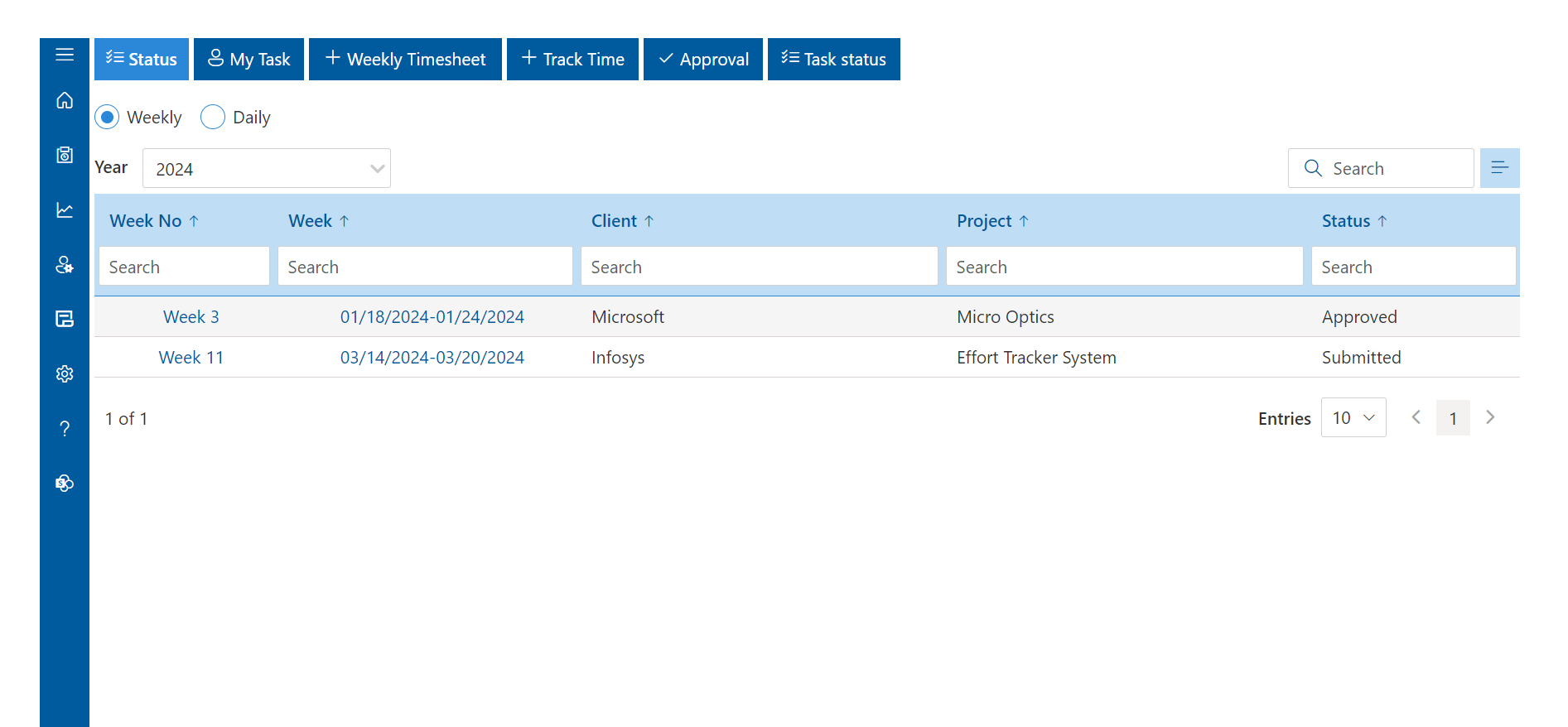
Reporting and Analytics:
Advanced project time tracking software goes beyond basic timekeeping, offering robust reporting and analytics features. Users can leverage visualizations like charts and graphs to gain deep insights into their time usage patterns. These tools enable users to identify trends, track progress, and make data-driven decisions to enhance productivity and efficiency. With customizable reporting options, individuals and teams can tailor analyses to specific needs, whether it’s project management, resource allocation, or performance evaluation.
By harnessing the power of reporting and analytics, users can optimize workflows, allocate resources more effectively, and ultimately achieve greater success in their endeavours.
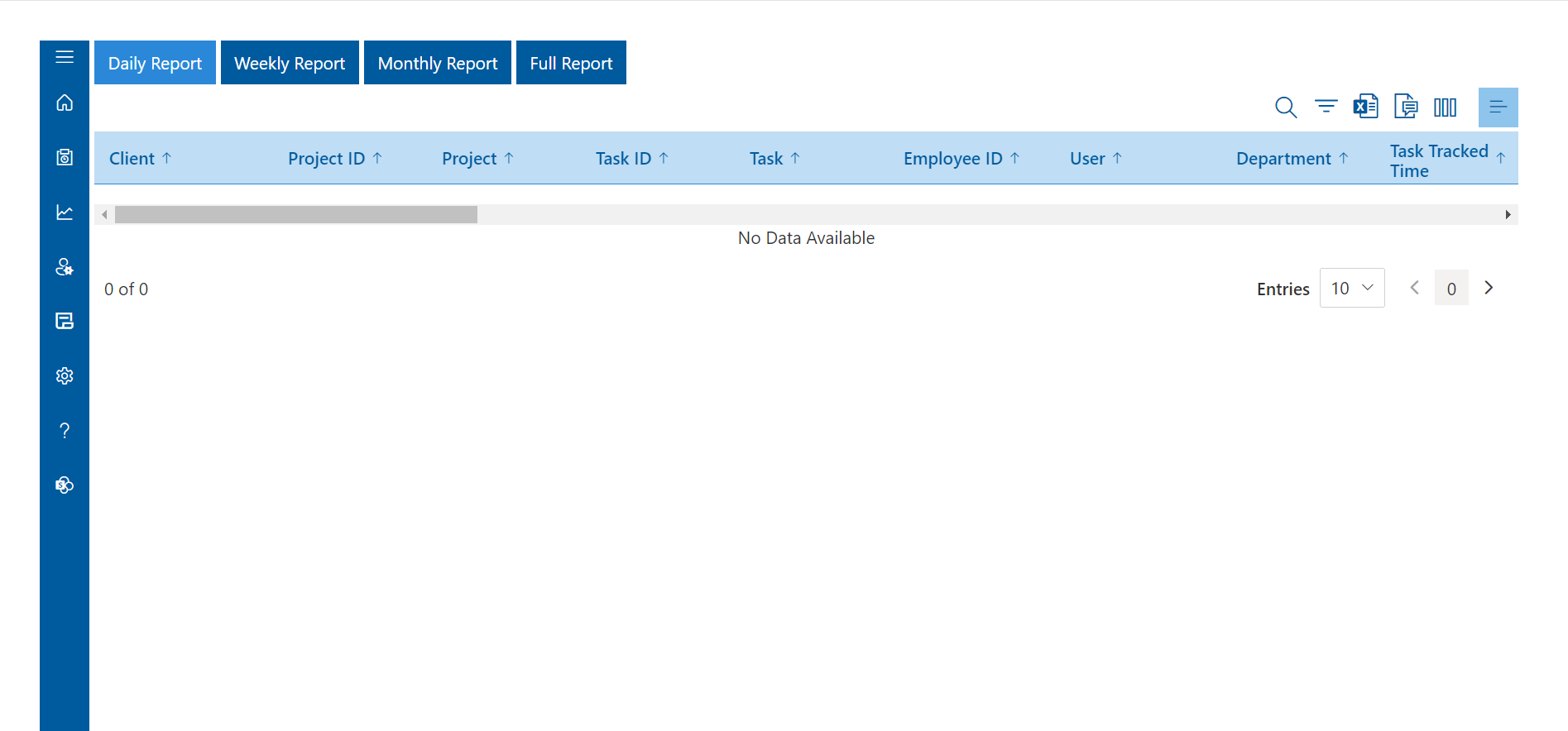
Integration with Other Tools:
Employee Time tracking software seamlessly integrates with various productivity tools, including calendars, project management platforms, billing and invoicing systems, and accounting software. This integration streamlines workflows by allowing automatic synchronization of tasks, projects, and time entries across different platforms. It ensures accurate employee time tracking by eliminating manual data entry and reducing the risk of errors.
Additionally, it enables better project management by providing real-time insights into time spent on tasks and projects, facilitating efficient resource allocation and budgeting.
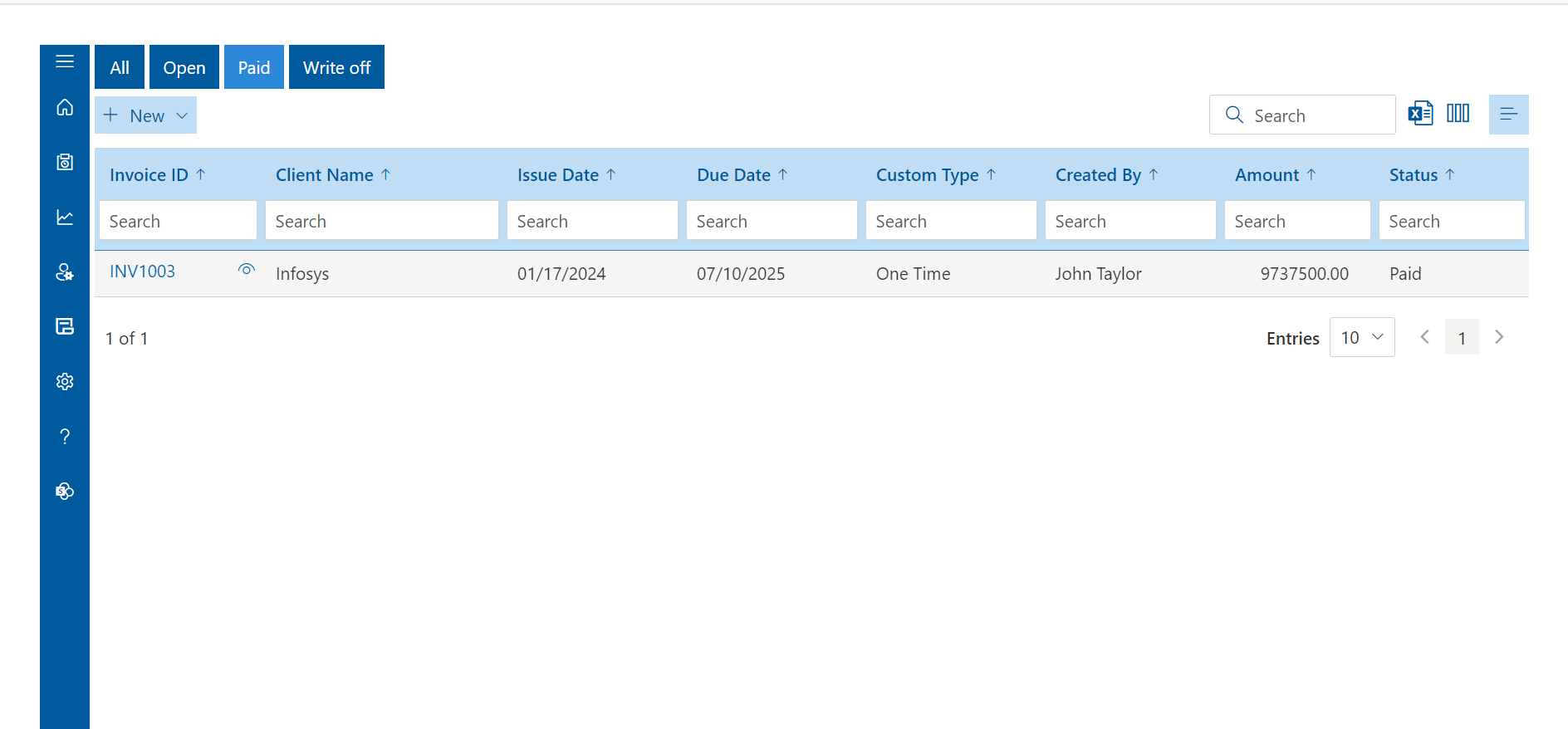
Invoicing and Billing:
Certain project time tracking software incorporates invoicing and billing functionalities, allowing users to generate invoices automatically based on tracked time entries. This feature streamlines the billing process, particularly beneficial for freelancers and service-based businesses. Users can easily convert tracked hours into billable entries, customize invoice templates, and send invoices directly to clients from within the platform. Additionally, integration with accounting software facilitates seamless financial management by syncing invoicing data with accounts receivable and income tracking.
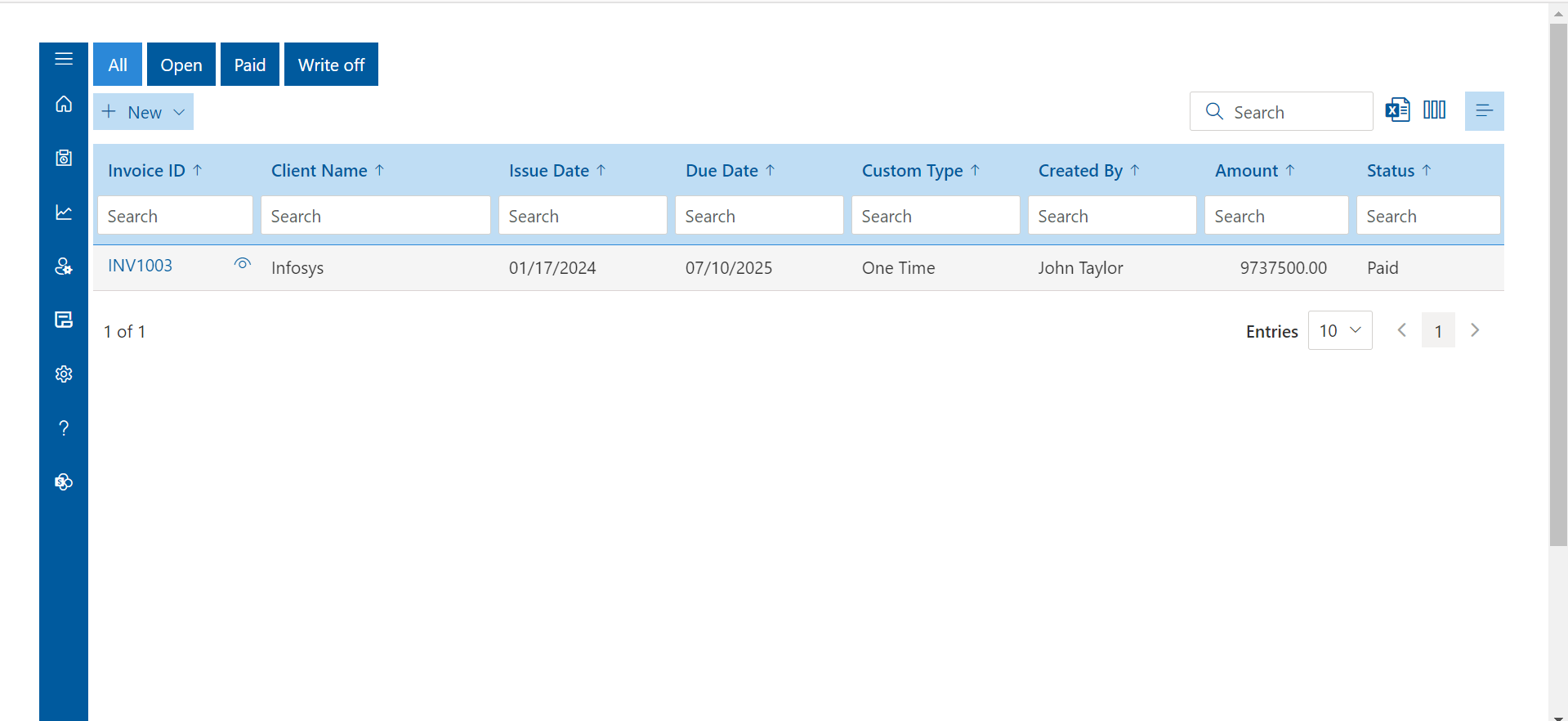
Idle Time Detection:
Sophisticated employee time tracking software, including those designed as time trackers for work hours, often integrate idle time detection capabilities. These features identify periods when users are inactive or away from their computers. By recognizing such idle moments, the software ensures more precise employee time tracking by excluding periods of inactivity from recorded work hours. This functionality enhances accuracy in billable hours and project timelines, providing a more realistic representation of productivity. Additionally, it empowers users to analyze and optimize their workflow by identifying patterns of inactivity and potential time wastage.
Customization and Flexibility:
Customization and flexibility are key features in Microsoft time tracking software, empowering users to tailor the tool to their unique requirements. This includes the ability to create customizable tags, categories, and reporting options. Users can categorize tasks according to their projects, clients, or specific criteria, facilitating more granular tracking and analysis. Additionally, customizable reporting options allow users to generate detailed insights into their time usage and productivity levels. This flexibility ensures that the software adapts to different workflows and preferences, enhancing user satisfaction and efficiency in time management.
Mobile Accessibility:
Time-tracking tools often provide mobile apps or responsive web interfaces, enabling users to conveniently track time from their smartphones or tablets. This mobile accessibility allows for flexibility in Microsoft time tracking, accommodating remote work or on-the-go situations. Users can easily start, pause, or stop timers, log hours, and manage tasks from anywhere with internet access. Moreover, notifications and reminders ensure that users stay on top of their time management even when away from their desktop computers.
Collaboration and Team Management:
Time tracking designed for teams often includes collaboration features to streamline team management. These features may encompass shared project views, team timesheets, and task assignment capabilities. Shared project views enable team members to have a unified understanding of project progress and time allocation. Team timesheets consolidate individual time entries into collective reports, facilitating comprehensive analysis and billing. Furthermore, the ability to assign tasks and track time for multiple team members promotes accountability and transparency within the team.
Privacy and Security:
Effective time-tracking software for work prioritizes privacy and security through features such as role-based access controls, ensuring that only authorized individuals can view sensitive data related to timesheets. Robust data encryption methods safeguard this information from unauthorized access or breaches. Moreover, adherence to data protection regulations, such as GDPR or CCPA, underscores the commitment to maintaining user privacy. These measures collectively foster trust and confidence among users, encouraging widespread adoption of the software.
Challenges in Time Tracking Software
Timesheet software, while incredibly useful for businesses and individuals alike, also faces several challenges, including:
1)User Adoption: Convincing employees to consistently use project timesheet software can be challenging. Resistance may stem from concerns about privacy, perceived monitoring, or simply the inconvenience of having to track time.
2)Accuracy and Reliability: Time tracking relies on users accurately logging their time. However, human error, forgetfulness, or deliberate manipulation can compromise the accuracy of data. Additionally, technical glitches or system errors can affect the reliability of recorded data.
3)Integration with Workflows: Seamless integration with existing workflows and software systems is essential for maximizing the efficiency and effectiveness of Microsoft time tracking. Compatibility issues or inadequate integration can hinder adoption and productivity.
4)Flexibility: Different roles and tasks may require different employee time tracking approaches. Microsoft Time tracking software needs to be flexible enough to accommodate various workflows, project structures, and billing methods.
5)Mobile Accessibility: With the increasing prevalence of remote work and mobile devices, employee time tracking software must offer robust mobile accessibility. Ensuring consistent functionality and user experience across different devices and platforms can be challenging.
6)Privacy and Data Security: Time tracking tool collects sensitive data about employees’ activities and work patterns. Ensuring strict adherence to privacy regulations and implementing robust security measures to protect this data from unauthorized access or breaches is crucial.
7)User Interface and Experience: A user-friendly interface is essential for encouraging adoption and maximizing productivity. Complex or unintuitive interfaces can lead to frustration and reduced efficiency.
8)Reporting and Analytics: Generating meaningful insights from time-tracking data using a time tracker for work requires robust reporting and analytics capabilities. Providing customizable reports and actionable insights can be challenging, particularly when dealing with large datasets.
How Timesheet Software Evolved
Manual Systems: Before the digital era, time tracking was done manually using paper timesheets or punch cards. Employees would record their work hours by hand, and managers would manually calculate payroll based on these records. This method was prone to errors and time-consuming.
Early Digital Solutions: With the advent of computers, early digital time tracking solutions emerged. These often-involved basic software applications installed on individual computers or local networks. Employees would still need to manually input their hours, but calculations were automated, reducing errors and saving time.
Web-Based Systems: As the internet became more prevalent, web-based employee timesheet software emerged. These solutions allowed employees to log their hours from any internet-connected device, providing more flexibility and accessibility. Web-based platforms also enabled real-time tracking and reporting, enhancing efficiency and transparency.
Mobile Apps: With the rise of smartphones, project time tracking expanded to mobile apps. Employees could now track their time on the go, using their smartphones or tablets. Mobile apps offered features like GPS tracking for remote workers, geofencing to track time at specific locations, and push notifications to remind employees to log their hours.
Integration with Project Management Tools: Timesheet software began integrating with project management tools, allowing users to track time directly within their project workflows. This integration streamlined processes by eliminating the need for manual data entry and providing a centralized platform for managing projects and tracking time simultaneously.
Automation and AI: Modern Microsoft time tracking software leverages automation and artificial intelligence (AI) to streamline processes further. For example, some software can automatically track time based on computer activity or calendar events, reducing the need for manual input. AI-powered features can also analyze data to identify trends, improve accuracy, and provide insights for better resource management.
Focus on Analytics and Insights: Today’s timesheet software often includes advanced analytics and reporting capabilities. Managers can gain insights into employee productivity, project profitability, and resource allocation through customizable reports and dashboards. These insights enable informed decision-making and help optimize workflows for better outcomes.
Cloud-Based Solutions: Cloud-based time tracking has become the standard, offering scalability, reliability, and accessibility. Cloud-based platforms store data securely in the cloud, allowing users to access it from anywhere with an internet connection. This eliminates the need for on-premises infrastructure and simplifies software updates and maintenance.
Compliance and Regulation: Timesheet software has evolved to accommodate changing labour laws, regulations, and compliance requirements. Modern solutions often include features to ensure adherence to labour regulations, such as overtime calculations, break tracking, and audit trails for compliance purposes.
Conclusion
Investing in reliable work time tracking software equipped with features such as accurate time tracking, customizable reports, and seamless integration can significantly transform both task and project management processes. These advanced functionalities empower users to efficiently monitor their time usage, enabling them to pinpoint areas for improvement and optimize their workflow strategies. By leveraging these tools, individuals, and businesses alike can enhance their time management practices, resulting in improved productivity and streamlined operations. Embracing such technological advancements not only facilitates better organization but also fosters a more productive and efficient work environment. For more details, visit our site Timesheet 365.
Frequently Asked Questions
Yes, timesheet software is particularly useful for remote workers and freelancers as it helps them keep track of billable hours, manage multiple clients or projects, and demonstrate their productivity and efficiency.
Key features to consider when evaluating timesheet software include ease of use, compatibility with your devices and operating systems, customizable reporting options, integration with other tools such as project management or invoicing software, and the ability to track time across different tasks and projects simultaneously.
Most reputable time tracking software providers implement security measures to protect user data. Look for software that offers encryption, secure authentication methods, and compliance with relevant data protection regulations such as GDPR or HIPAA, depending on your industry and location.
Yes, many time tracking software solutions offer project management features such as task assignment, progress tracking, and collaboration tools. Integrating time tracking with project management can provide comprehensive insights into project progress and resource utilization.
Most of above if not all, can be addressed by out of the box, secured, easy to use and reliable time tracking software by Timesheet 365 from HR365 built on Microsoft 365 platform and used globally by 6000+ clients.
Using such employee hour tracking software we can improve accuracy in payroll processing, ensure compliance with labor laws, enhance productivity by analyzing work patterns, and reduce administrative overhead associated with manual time tracking.
Schedule a free personalized 1:1 demo
By proceeding, you accept Cubic Logics’s terms and conditions and privacy policy




Start Your Free Experience
By proceeding, you accept Cubic Logics’s terms and conditions and privacy policy







Schedule a free personalized 1:1 demo
By proceeding, you accept Cubic Logics’s terms and conditions and privacy policy






Start Your Free Experience
By proceeding, you accept Cubic Logics’s terms and conditions and privacy policy






Start Your Free Experience
By proceeding, you accept Cubic Logics’s terms and conditions and privacy policy







